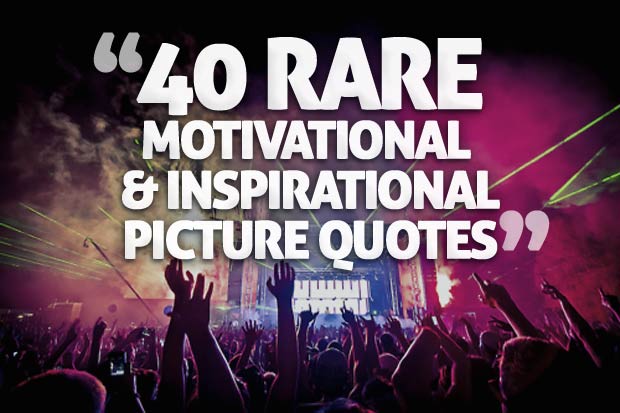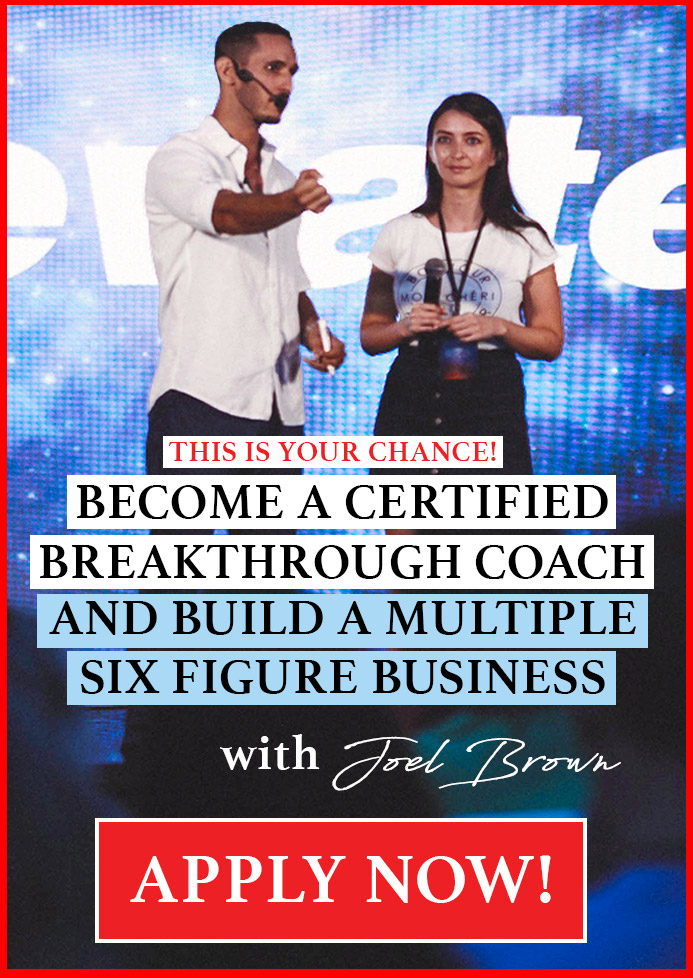Life
Escaping the “Perfect” Trap: How to Find Freedom and Fulfillment
Our desire and need for perfection is a belief, not the truth.

The perfect trap.
“If I’m perfect, no one can ever criticize me.”
Which isn’t true; we’ll still hear things we don’t want to hear.
And when we hear things we don’t want to hear, it’s because we didn’t do something good enough.
We have to try harder.
Deeper and deeper into the perfectionism prison we go.
We grow terrified of being seen and heard and hide behind the facade we believe will protect us. We don’t dare be seen as anything “less than.”
We become terrified of putting anything out into the world, projects left undone or in a perpetual state of being worked on because they’re not quite “there.”
We live a life that’s not our own; it belongs to the beliefs of what it should be, and we watch helplessly as our world and our place in it diminishes.
We hide in the open.
But we double down our efforts because it’s got to work; striving for perfection is a good thing, right?
No one can fault us for not finishing projects because we’re aiming for a “worthwhile” goal.
We live half an existence, pretending it’s whole and suffering in the disparity.
I’m using “we,” but really, this was my experience with perfectionism, something I still struggle with, and I know I’m not alone.
I was imprisoned by perfectionism since about the age of 6 or 7.
If I didn’t score 100 on every test, I wasn’t good enough or worthy. So began my journey into the prison of perfectionism.
I was lucky; going to federal prison and essentially losing everything destroyed the illusion of perfectionism and taught me about freedom.
The facade I’d worked so hard to fabricate was decimated, and I needed to start from scratch.
I didn’t want to recreate what I’d destroyed, even if the comfort of the known called to me.
I longed to be free, not only from the physical boundaries of prison but from my mental prisons, perfectionism being one of them.
An offshoot of unworthiness, believing I wasn’t enough, and my fear of being seen and heard for who I am.
Honestly, I don’t know how I would have broken free from perfectionism without going to prison.
I don’t know if I would have had the awareness and courage to leave the comfort of the cell.
I know this, though: we don’t need to destroy our lives to break free, nor do I suggest it.
Looking back at the decade of rebuilding and reinventing my life, there were tumblers to open the combination lock on my self-imposed prison cell.
I share them here, hoping they help someone walk out of their perfectionism prison cell.
Mission:
I had an overwhelming desire to give meaning to the suffering my choices created, and one of the ways I knew to do that was to share my story.
My goal in sharing my story was to help one person. That’s all I wanted, and it’s been my fuel for the past decade.
A person in pain doesn’t care if a sentence is crafted perfectly; they just don’t want to be in pain anymore.
Perfection doesn’t help them; honesty, rawness, and vulnerability do.
And the path to these is paved with sharing mistakes and terrible choices, the antithesis of perfection.
Serving a mission higher than myself meant embracing mistakes.
It also transformed into a desire to make more mistakes; if I wasn’t making mistakes, I wasn’t going far enough.
Ending Self-Flagellation/Punishment:
I’d consistently deny myself small acts of joy (for example – watching TV in prison).
Both because I believed I wasn’t worthy of them and because I’d fallen short of my personal expectations of perfection – often unattainable expectations.
Which creates a wicked cycle.
The moment I gave myself permission to enjoy small acts like watching TV in prison, I demonstrated great compassion for myself, compassion that was granted in lieu of perfectionism.
It was granted merely for me being me; I didn’t need to be perfect to feel good.
Expansion over Contraction:
We can’t fully understand something until we experience its opposite.
Prison allowed me to understand freedom.
I used to believe that perfectionism would grant me freedom – no one can touch me if I’m perfect.
I’d be free from all negative judgment.
All the choices I made to create what I believed was the freedom I sought were fear-based.
Fear is a double-edged sword.
When I avoid the sharp edge, I shrink my world.
When I move toward the sharp edge, I expand my world.
I still avoid the edge, capitulate, and make fear-based choices because I’m human.
But if I degrade myself for doing so, I’m still a prisoner of perfectionism.
I choose expansion.
Perfectionism is an insidious belief that will slowly shrink and decimate our lives. The first key to unlocking the cell door is hidden in plain sight.
Our desire and need for perfection is a belief, not the truth.
When we drop the belief and operate from our truth, we change the course of our lives.
Life
Imposter Syndrome Is Rooted in Your Past But Here’s How You Can Rewire It
Imposter syndrome is most prevalent in highly successful women

Imposter syndrome is “the persistent inability to believe that one’s success is deserved or has been legitimately achieved as a result of one’s own efforts or skills.” (more…)
Life
The Surprising Mental Health Tool You Probably Haven’t Tried
Through journaling, I arrived at a more balanced perspective, it reinstated my sense of gratitude and led me to accept my disability

In two particularly difficult times in my adult life, my journaling practice is helping me heal emotionally. It has been a vital tool for helping me see the bigger picture and land in a place of gratitude. (more…)
Life
How to Stop Comparing Yourself to Others and Find True Happiness
Comparison is the thief of joy; it robs us of our happiness, self-esteem, and peace of mind

In today’s hyperconnected world, it’s easier than ever to fall into the trap of comparing ourselves to others. Social media platforms like Instagram, Facebook, and LinkedIn constantly bombard us with curated highlights of other people’s lives, making it seem like everyone else is happier, more successful, and more fulfilled than we are. (more…)
Life
Harness the ‘Battery Effect’ to Transform Life’s Tensions into Your Greatest Strength
Recharge your life batteries by shifting your mindset today

I believe our life capacity is determined by the skillsets we develop on this spinning rock we call Earth. By “life capacity,” I mean our ability to embrace and sustain joy. (more…)
-

 Success Advice3 weeks ago
Success Advice3 weeks agoThe One Mindset Shift That Made Me Irreplaceable At Work
-

 Scale Your Business4 weeks ago
Scale Your Business4 weeks agoWhy Smart Entrepreneurs Never Skip This One Business Expense
-

 Did You Know3 weeks ago
Did You Know3 weeks ago7 Surprising Life Lessons Video Games Taught Me That School Never Did
-

 Success Advice3 weeks ago
Success Advice3 weeks agoHow Playing by the Rules Became the Smartest Business Strategy
-

 Success Advice2 weeks ago
Success Advice2 weeks agoHow to Build Trust, Kill Micromanagement, and Lead a Team That Thrives
-

 Scale Your Business2 weeks ago
Scale Your Business2 weeks agoHow to Build a Workplace People Actually Want to Show Up To
-

 Success Advice2 weeks ago
Success Advice2 weeks agoSuccess Isn’t Sexy: 5 Daily Habits That Actually Work
-

 Scale Your Business2 weeks ago
Scale Your Business2 weeks agoHow Smart Entrepreneurs Cut Financial Chaos in Half with One Simple Switch





























